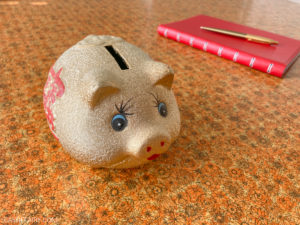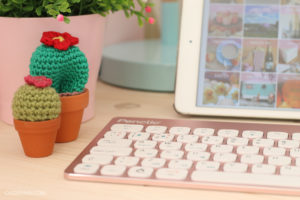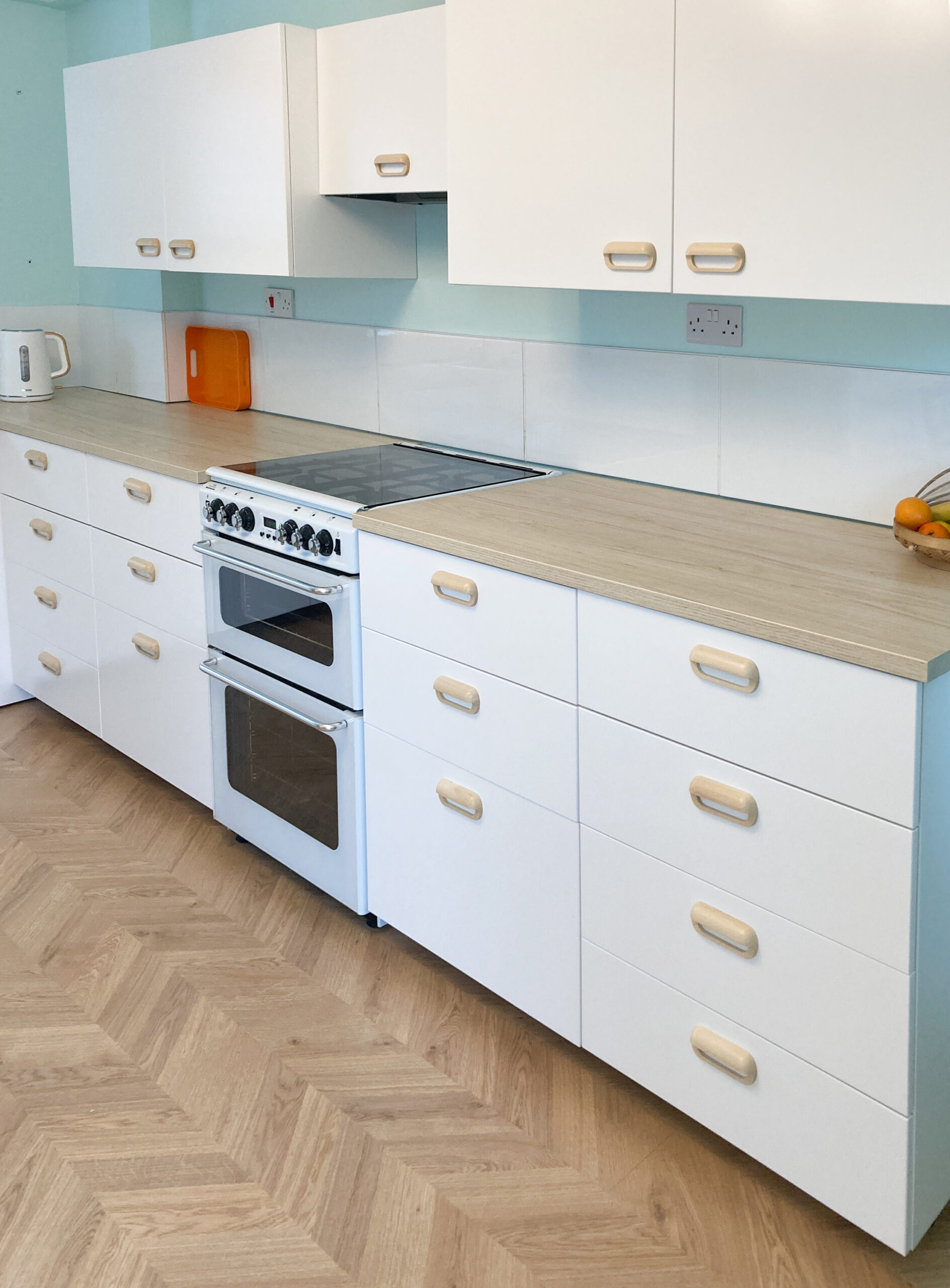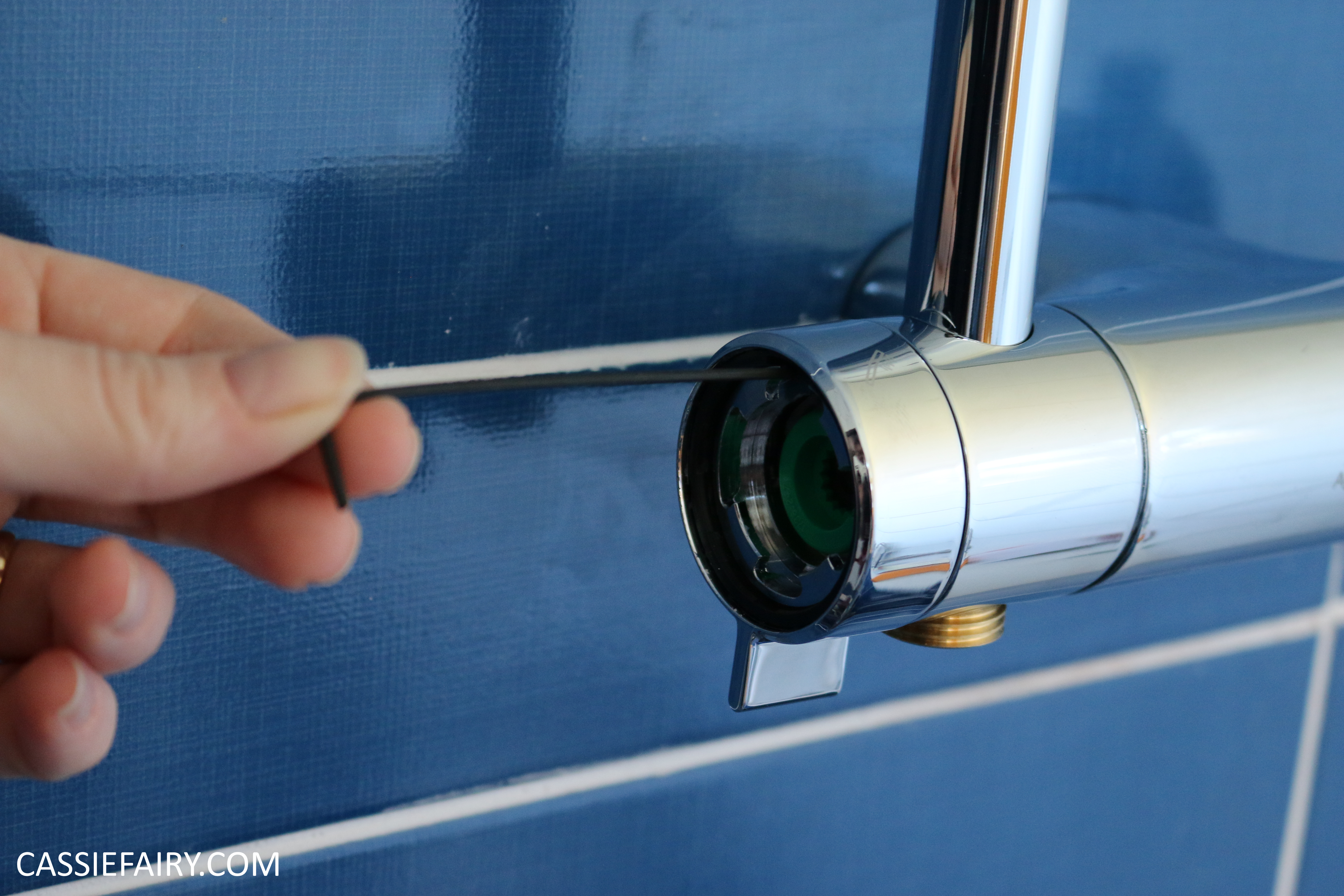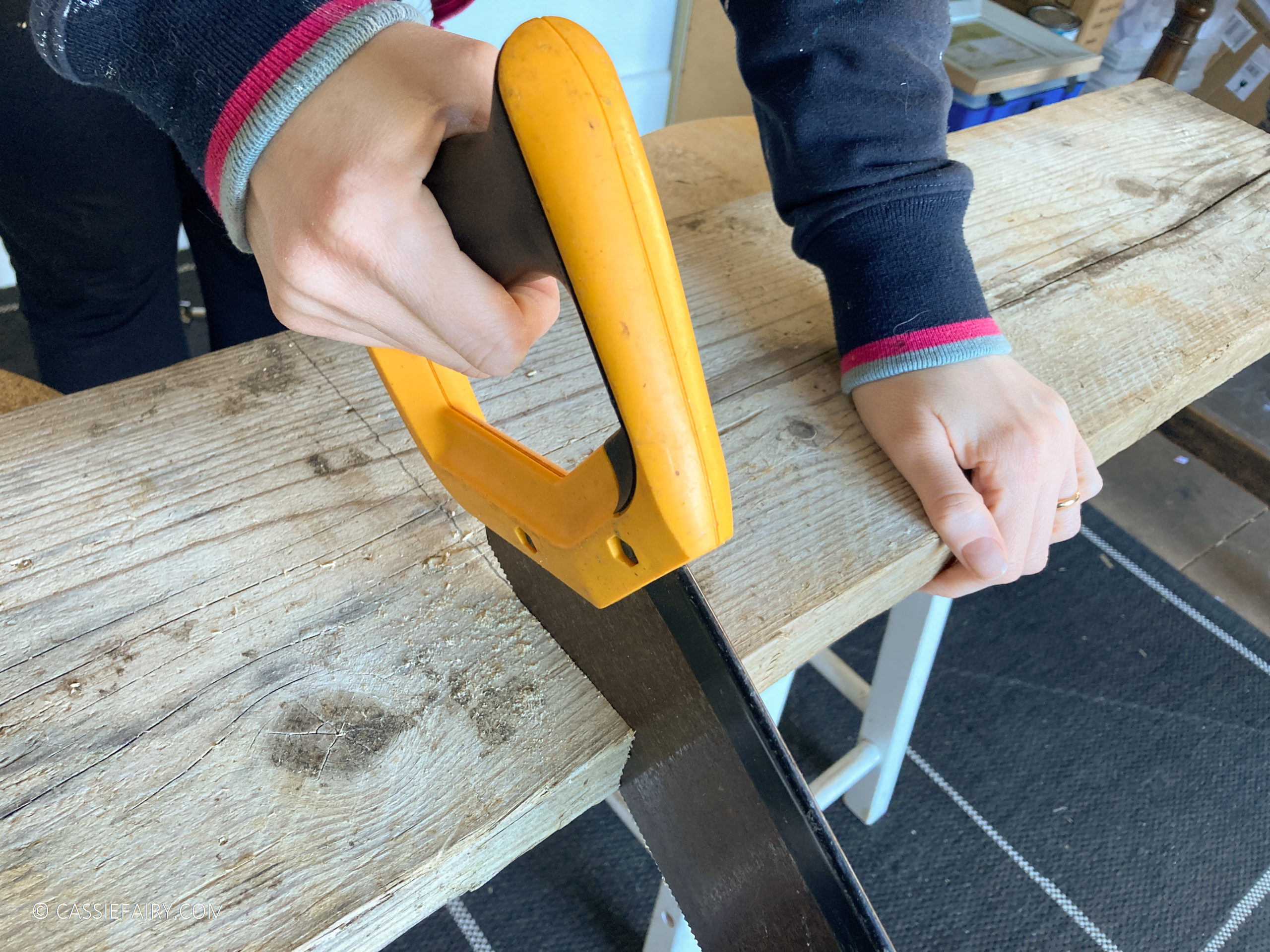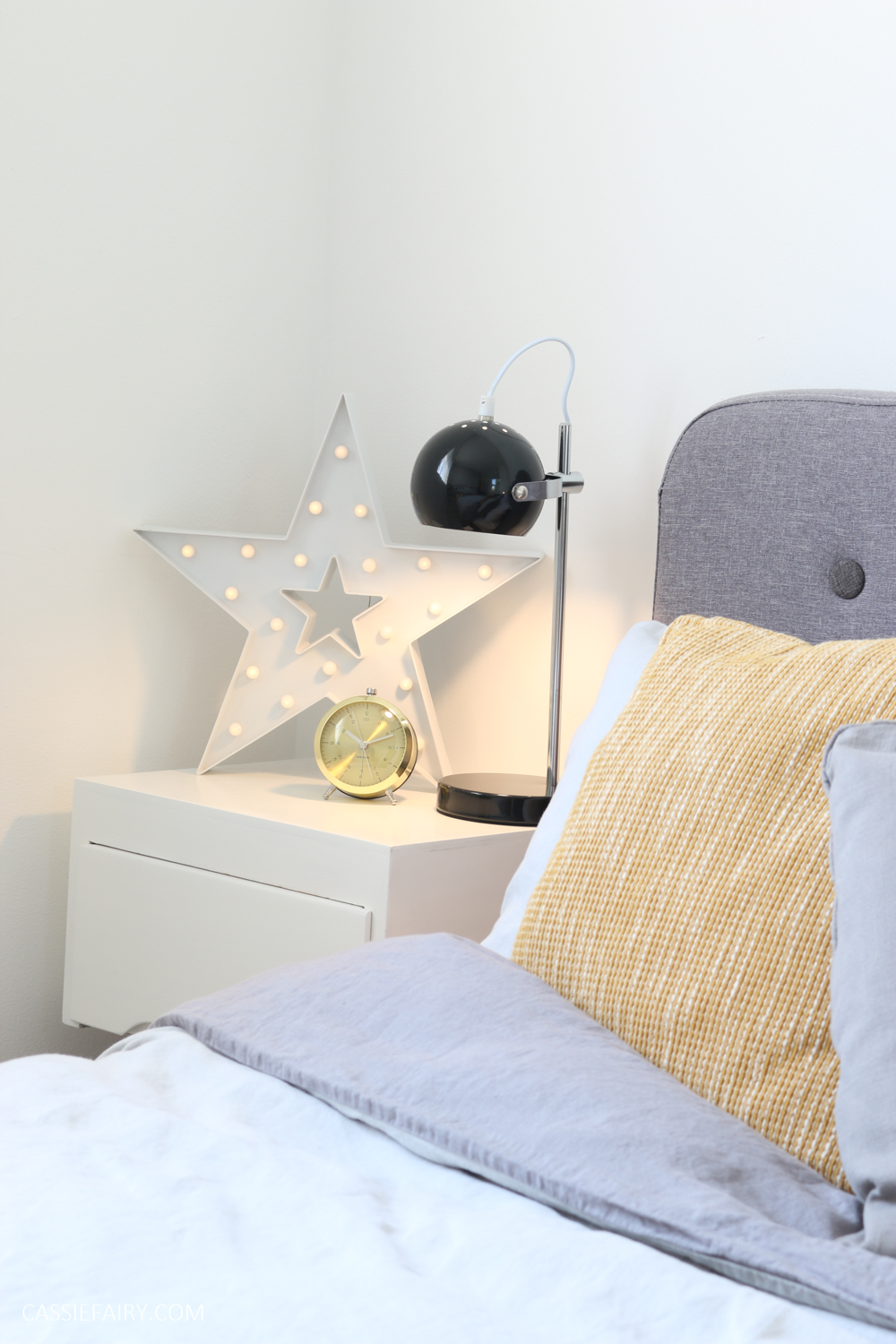Home is a place to rest, and after a long day at work, it is our best refuge. However, sometimes that well-deserved rest becomes elusive and the most common hindrance to our relaxation at home is the noise. Maybe it’s the neighbour’s dog barking or the cute little toddler from the apartment next door throwing a tantrum. If on the other hand, YOU are the source of the noise – like if you’re a budding musician or a part of the music industry – you might want to reduce the noise coming from your home. Here’s how to get started…
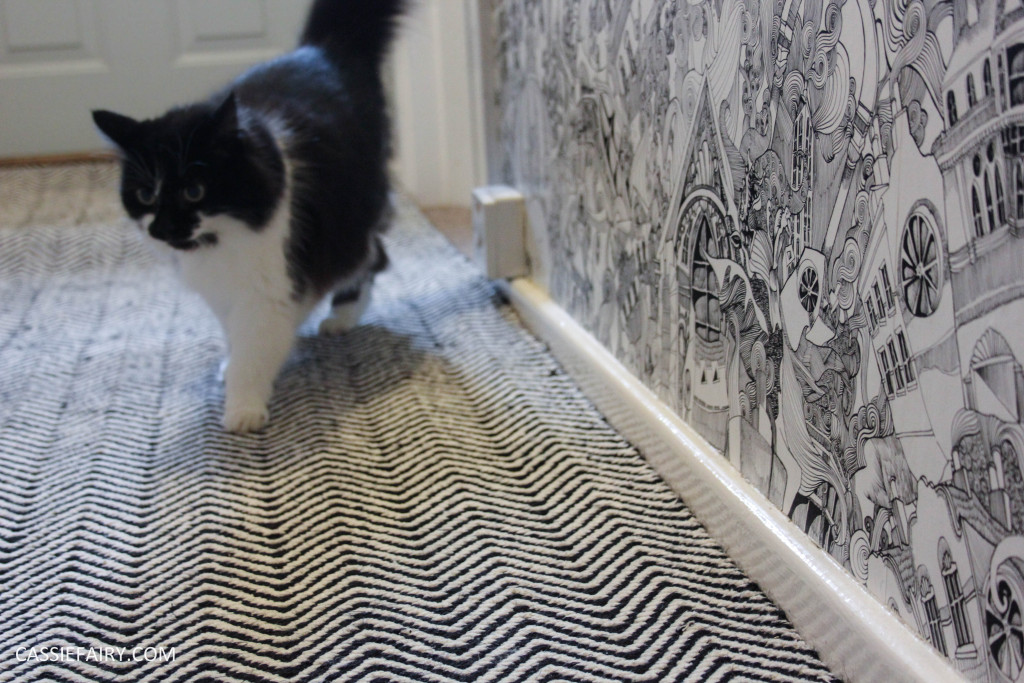
1. SOUNDPROOF A ROOM
Soundproofing a room is the best way to reduce the noise in your home. Anyone using musical instruments, recording podcasts, mixing music or editing films might want to consider soundproofing the space that you always use for this activity. This way, you get to practice your heart out until the wee of hours without disturbing the much-needed sleep of your neighbours.

But before you wrinkle that forehead of yours, soundproofing a room does not necessarily equate to huge expense. With the many videos available online, you can start building your very own DIY soundproof room. Then you can move all your musical instruments or noise-making toys and stuff into the soundproof room and crack on with your work.
2. MAKE USE OF CARPETS
Did you know that a bare floor can add noise to your home? I’m not just talking about creaky floorboards – even walking across a bare floor in footwear can cause annoying clacking for the rest of your family (or neighbours, if you’re in an apartment). So it’s a good idea to cover exposed floor boards with a carpet.
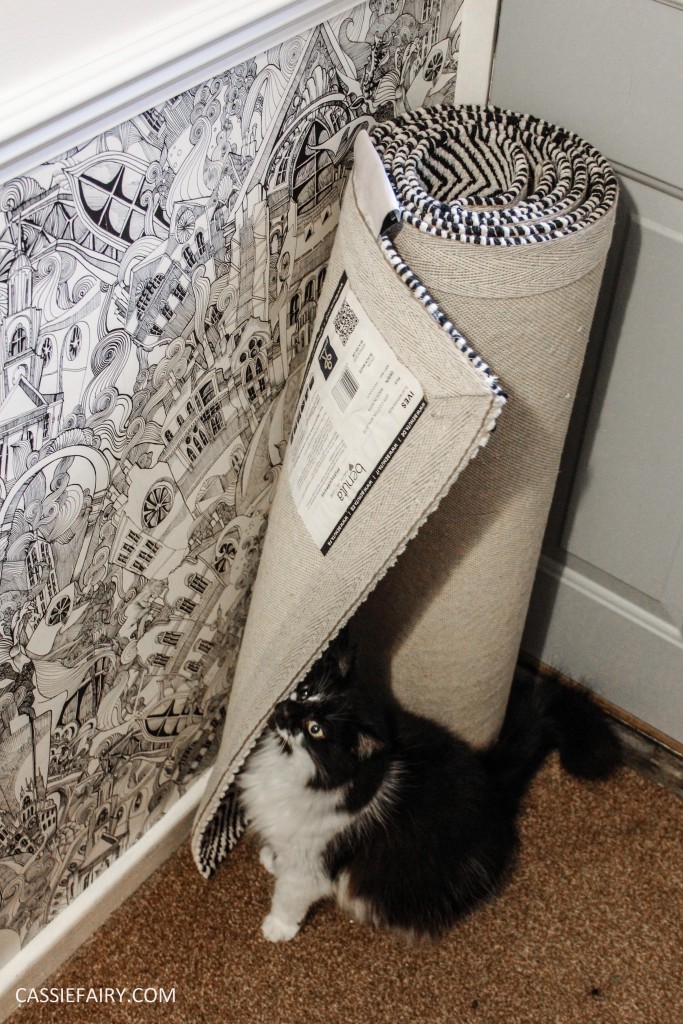
That way, even if you have kids running around, you won’t be able to hear their shoes banging loudly on the floor. A budget way to achieve the muffling effect of a carpet is by laying out a rug in a room and a runner down the hallway. The extra later will absorb noise in general and cushion the sound of people walking around upstairs.
3. ADD FURNITURE
Ever noticed how echo-y a room is without furniture? You might have noticed it if you’ve ever viewed an unfurnished home. Furniture acts as natural insulators of noise, so strategic positioning of the couches and chairs can go some way to soften the noise coming in from outside.
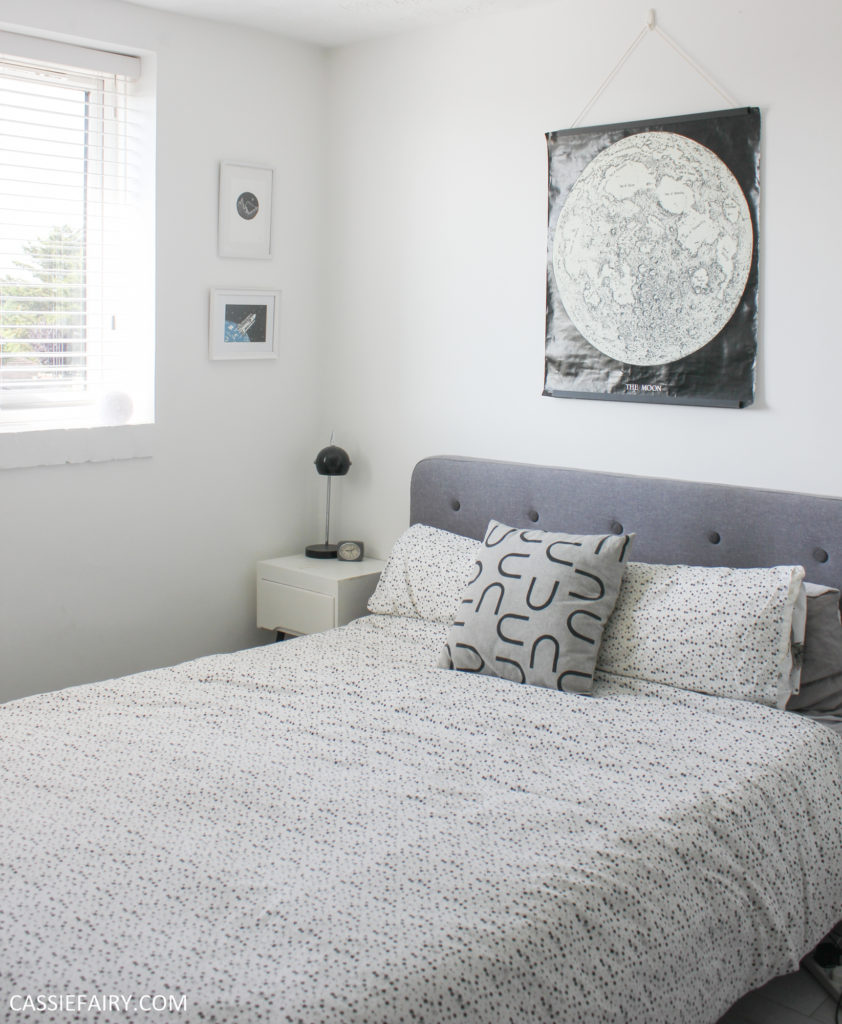
Placing a bookshelf or a tall cabinet on an adjoining wall that you share with your neighbours will help to muffle the sounds that you’re both making. If you fill the bookcase with books and board games, these will also help to lessen the sound that passes through the walls. The same goes for hanging artwork, posters and (in particular) woven wall hangings – these all help to fractionally reduce the echo in a space.
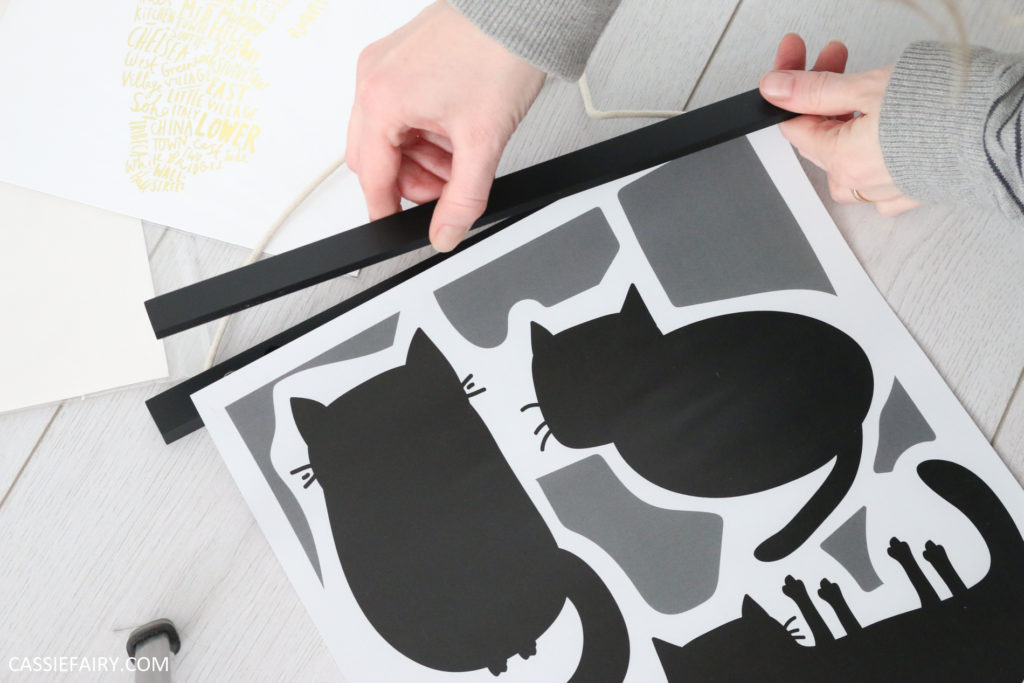
4. USE A DIVIDER IN YOUR OPEN SPACE
If you are living in a studio-type apartment or an open plan home, adding dividers to the space deflect and refract the noise that would otherwhise echo around. You can hang floor-to-ceiling curtains or blackout blinds for a low-cost ‘false wall’. And, by the way, thick insulated curtains at your windows are handy for dampening the noise of the road outside too.
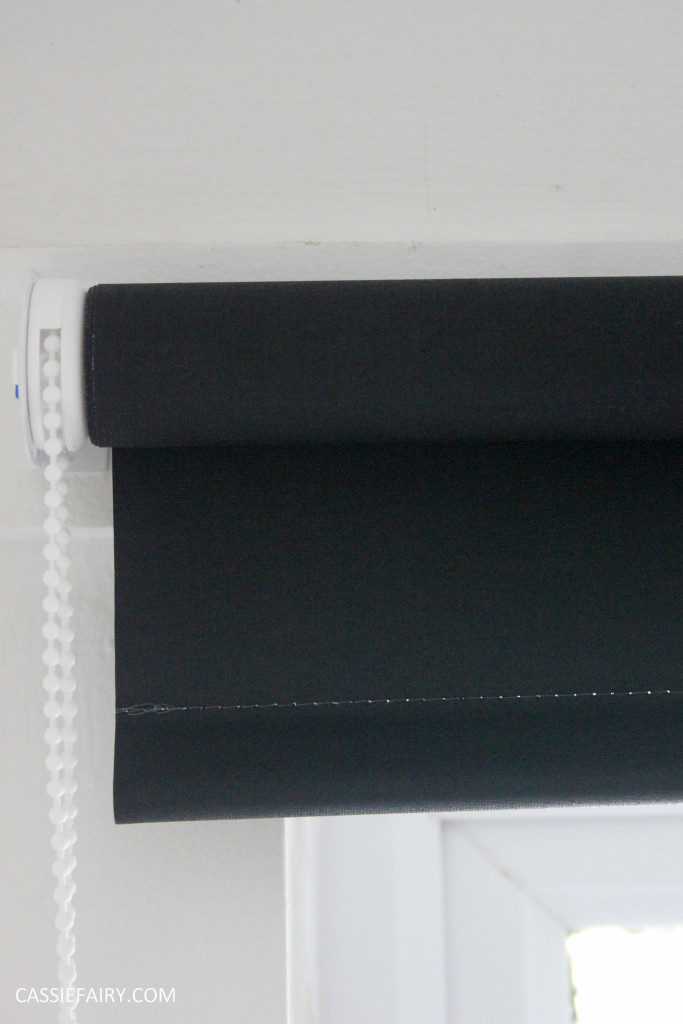
Plants are also able to adsorb noise and, bonus, they clean the air too! Add plants to open divider shelving as a ‘living wall’ or you could DIY large pieces of plywood with hinges to act as a divider and lessen the amount of sound that travels around the open plan space.
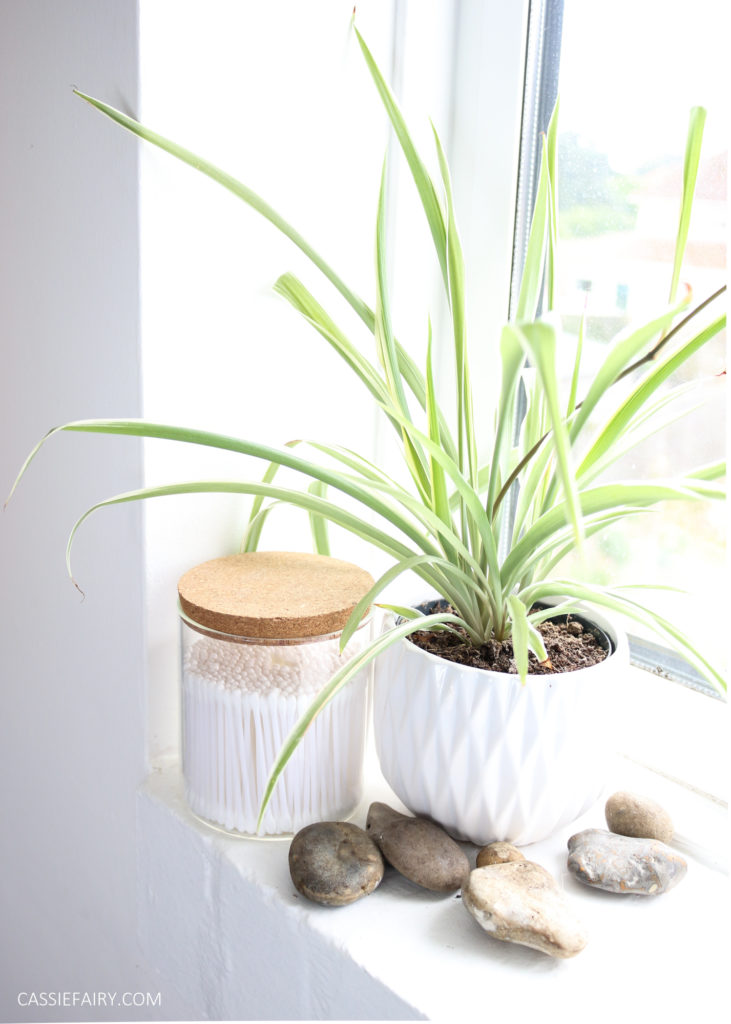
Lessening noise at home not only creates a more relaxing space for you, but also helps your neighbours. It keeps your home environment peaceful and you won’t be grumbling about the kids making too much noise if you’ve soundproofed their play room! Let me know how you’ve managed to reduce noise at home in the comments below, I’d love to hear your tips 🙂

This blog post is an advertisement feature that has been written in collaboration with a sponsor. The pink links in this post indicate a sponsored link 🙂











